This article explains how to collect medaka eggs effectively. If you’re interested in collecting more eggs, please read on.
If parent medaka are not laying eggs, click here
https://www.aru-na.net/post-2667
Medaka Egg Collection Techniques
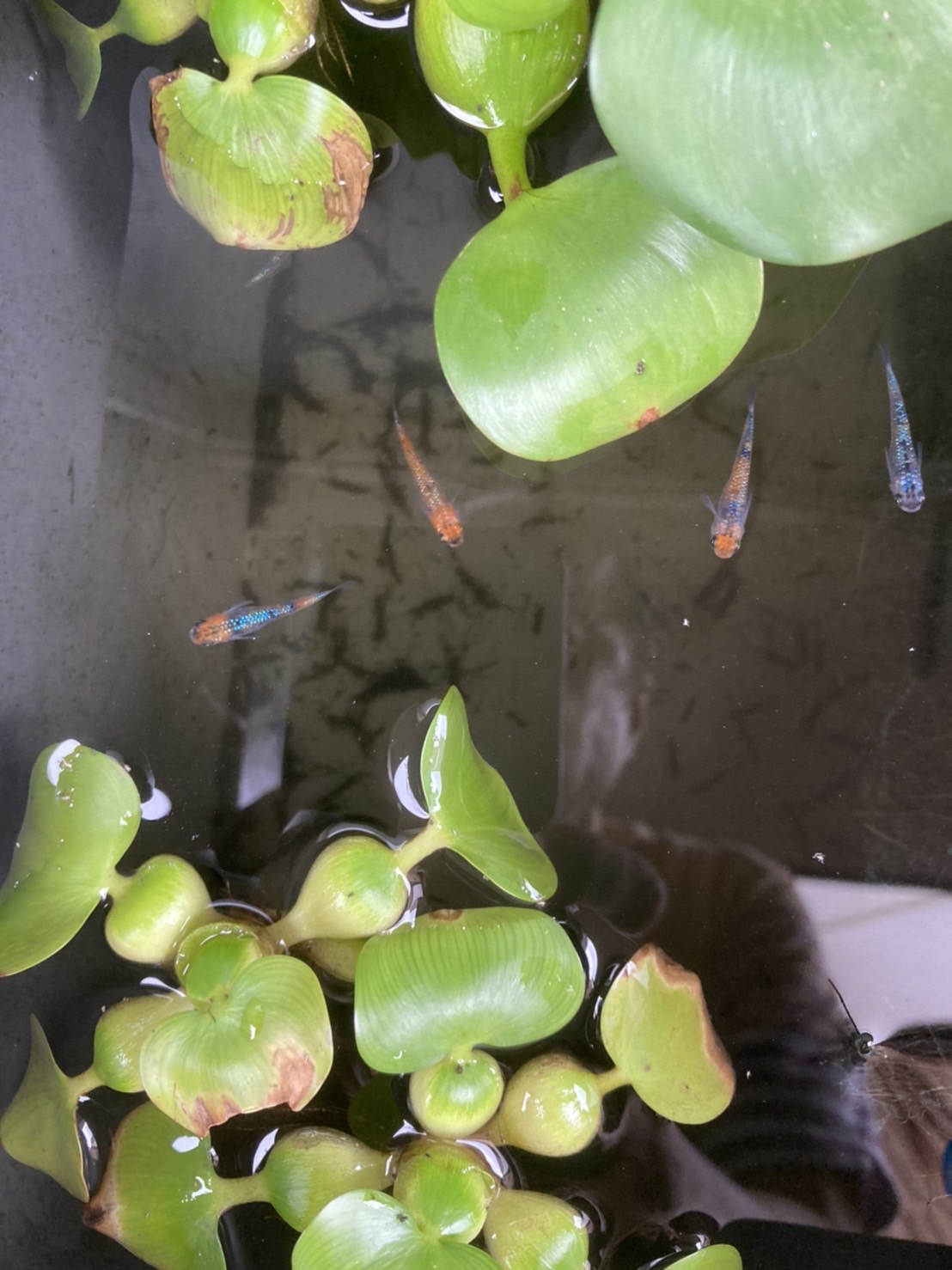
Here we explain how to collect medaka eggs. Healthy female medaka lay eggs daily. Although individual results may vary, many medaka typically lay between 10 to 40 eggs per day.
Medaka do not immediately release their eggs; instead, the eggs stick to the female’s vent area. If you notice a female carrying eggs, wait for her to deposit them.
Female medaka deposit their eggs on artificial spawning substrates or aquatic plants like water sprite. The eggs are held in place by sticky threads called adhesive filaments.
There are sinking and floating types of spawning substrates, but there are actually three types of medaka: those that deposit eggs at the bottom, those that deposit at the surface, and those that scatter eggs around the tank without using any substrates.
Therefore, it’s best to have both floating and sinking types of spawning substrates in the tank.
If left alone, medaka eggs can be eaten by other fish. However, they are rarely eaten immediately after being laid, so it’s best to collect the eggs as soon as you see them.
A gravid female usually lays within a few hours, so it’s good to periodically check the aquarium.
It’s okay to collect eggs with your bare hands
Medaka eggs are very resilient and will not crush easily when handled. It is safe to manually detach eggs laid on spawning substrates. Therefore, it’s perfectly fine to handle them with bare hands, and some people use tweezers.
In fact, I often collect medaka eggs with my hands and it has never negatively affected their hatch rate.
Detailed Medaka Egg Collection Techniques
We’ll now go into more detail about how to collect medaka eggs.
Collecting the Entire Spawning Substrate
Instead of collecting each egg individually, you can simply move the entire spawning substrate to another container. This method is especially useful for those managing large numbers of eggs. Water sprite, which proliferates quickly, is well-suited for this method of isolation.
Another method involves placing the medaka and their spawning substrate in a bucket and, after a week, moving only the adult medaka to another bucket. This technique, known as “parent removal,” is commonly used by breeders who produce large quantities of medaka.
Forced Egg Collection
Alternatively, you can forcibly collect eggs by removing a female carrying eggs and manually detaching the eggs with your fingers, a cotton swab, or a brush. Some people also collect eggs directly from the female’s vent using their hands.
This method is perhaps the most efficient, but it can damage the parent medaka, leading to diseases or injuries, so be cautious.
I used to manually collect eggs from females that didn’t deposit their eggs on substrates, but I stopped because it harmed the fish.
The technique involves scooping the medaka with a net and gently pinching the eggs with your fingers. The trick is to touch only the eggs and not the fish itself. Although it’s surprisingly easy, doing it daily can significantly harm the medaka, so I only perform this method once every few days.
How to Manage Collected Eggs
Once collected, the eggs should be managed in a separate container. Refer to this article for more details.
https://sanlaizu.co.jp/medaka-guide/post-2520/
How to Collect Numerous Medaka Eggs
We will explain how to maximize your egg collection.
If You Want Many Eggs, Don’t Use Substrate
Firstly, if you want to collect many medaka eggs, you should not use substrate in your tank. Even if it seems like no eggs are being produced, they may simply be falling to the
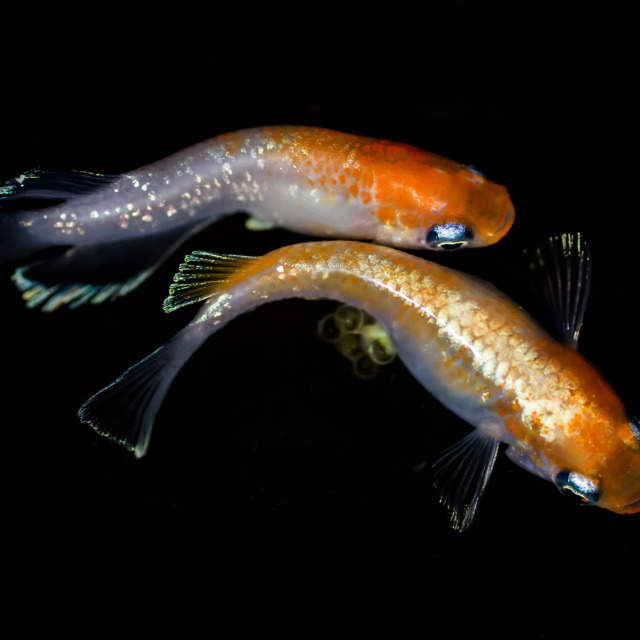



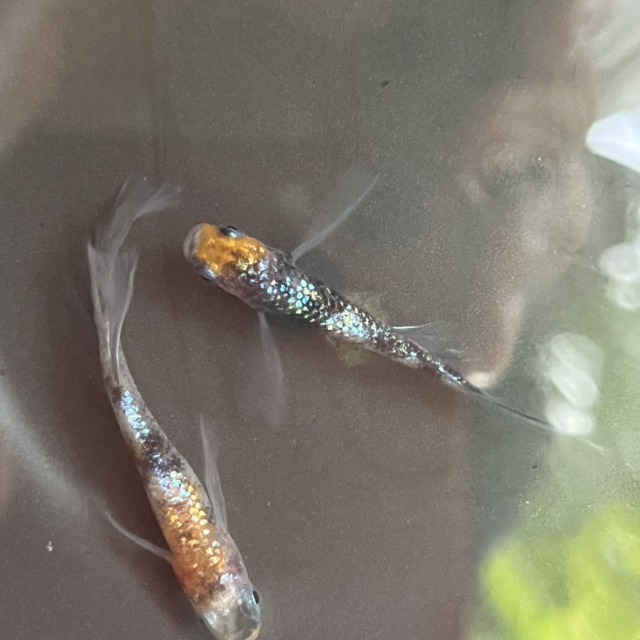
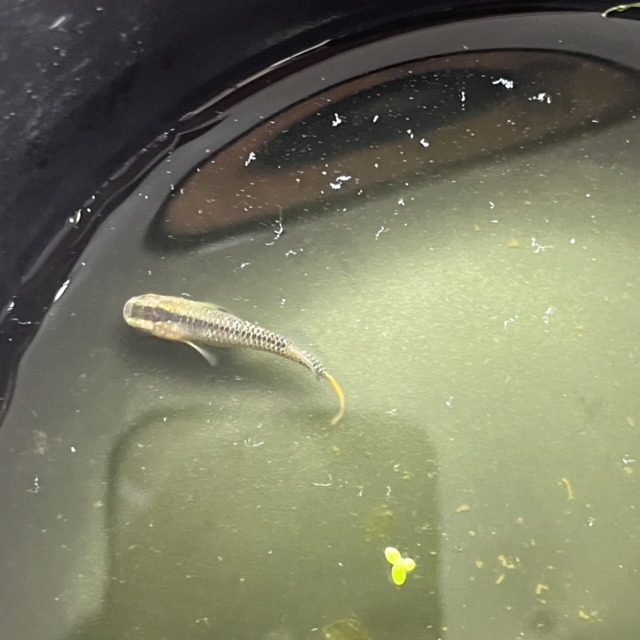
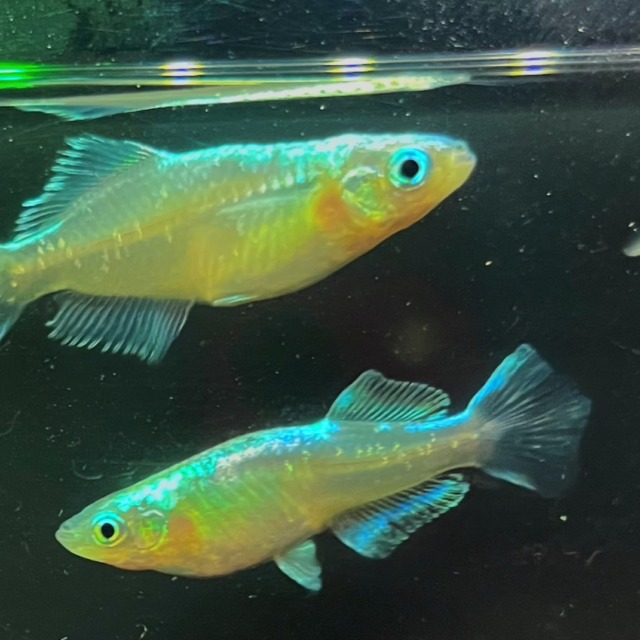




No comments yet.